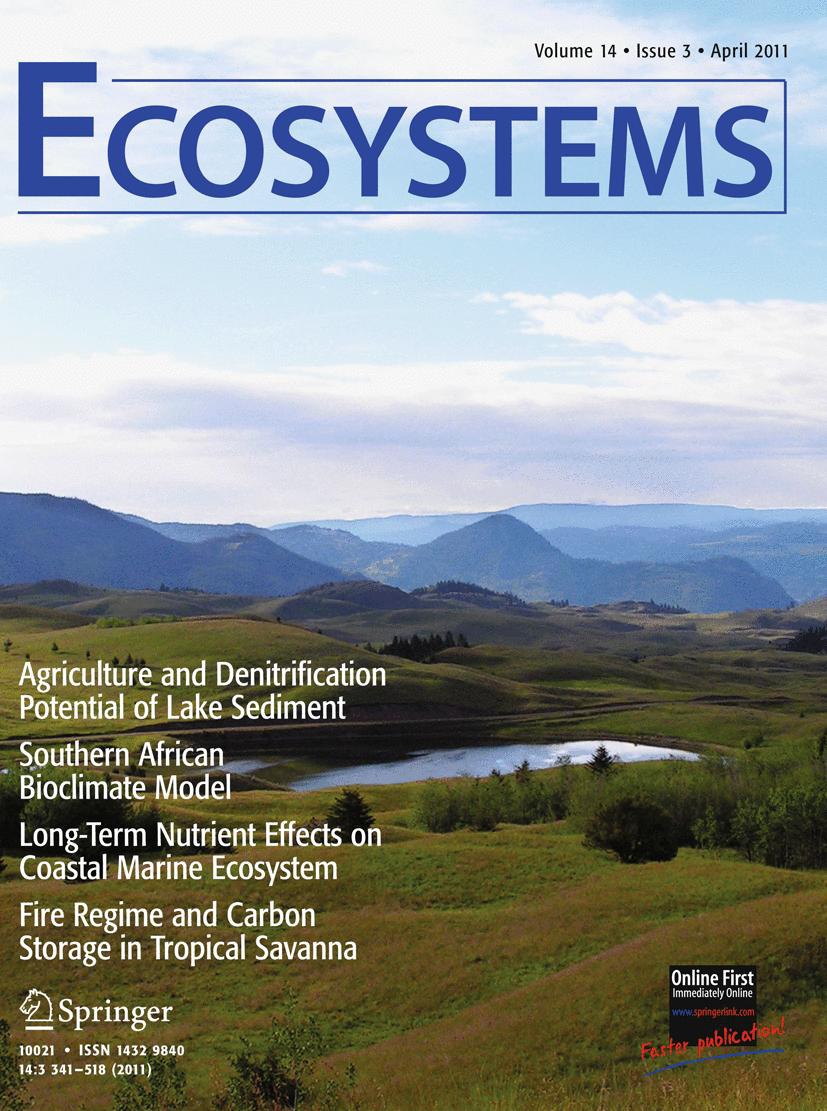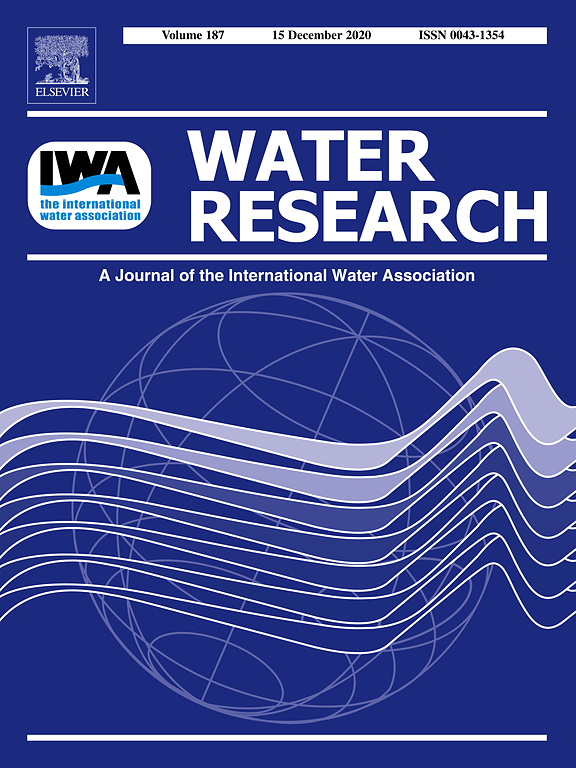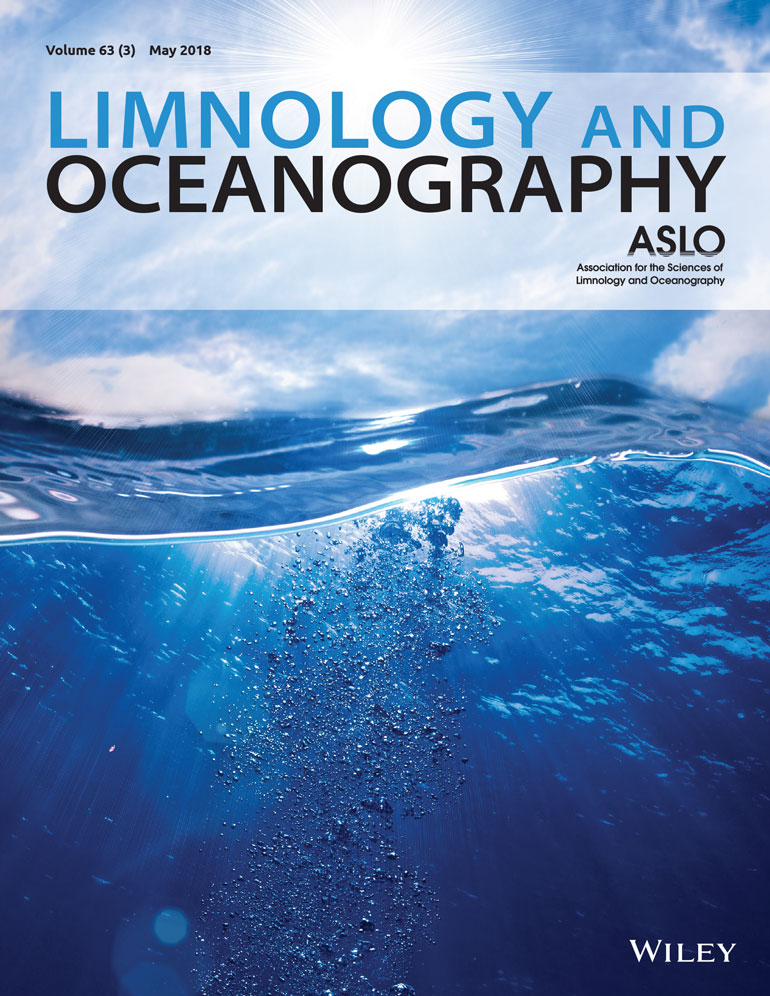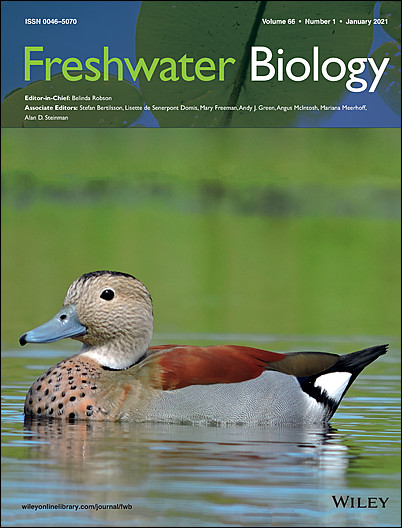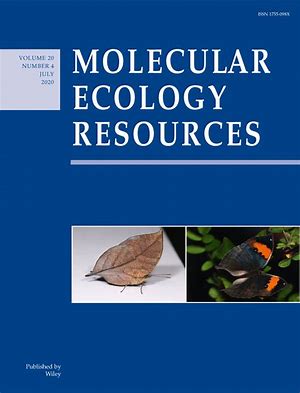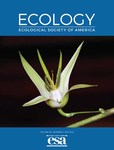- Programme area:1) Biodiversity in a Changing World
Flexibility in Aquatic Food Web Interactions: Linking Scales and Approaches
Global meta-analysis deciphering ecological restoration performance of dredging: Divergent variabilities of pollutants and hydrobiontes
Picophytoplankton act as the primary consumers of excess phosphorus after the spring bloom in the eutrophic Baltic Sea
Asian Loaches: An Emerging Threat as Global Invaders
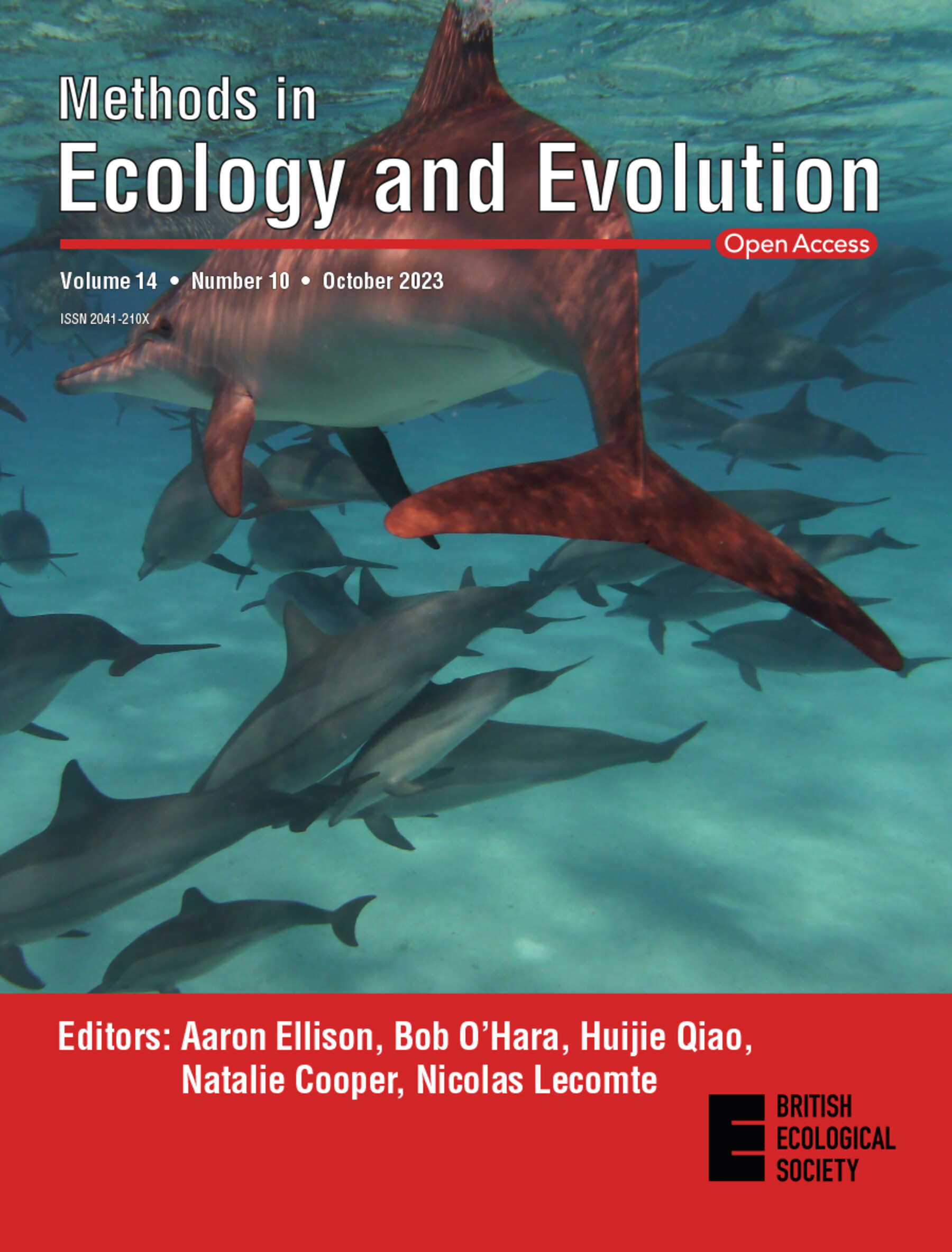
A population Monte Carlo model for underwater acoustic telemetry positioning in reflective environments
In study areas near acoustically reflective surfaces, reflected transmissions may cause large detection outliers that reduce the accuracy of telemetry positioning. A novel time-of-arrival model is presented. This allows for positioning of aquatic animal in acoustically challenging study areas. It provides good measures of positioning uncertainty and is useful for fine-scale telemetry.
ParAquaSeq, a Database of Ecologically Annotated rRNA Sequences Covering Zoosporic Parasites Infecting Aquatic Primary Producers in Natural and Industrial Systems
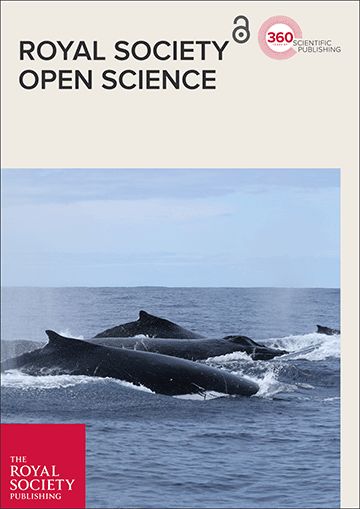
Collective escape waves provide a generic defence against different avian predators
Cell size explains shift in phytoplankton community structure following storm-induced changes in light and nutrients
In a LakeLab experiment we investigated whether cell size explains shifts in phytoplankton communities following changes in nutrient and light conditions from storm-induced nutrients and cDOM loadings. Cell size explained phytoplankton community structure when light availability declined following cDOM addition and cell-size distribution gradually shifted toward large-celled species.
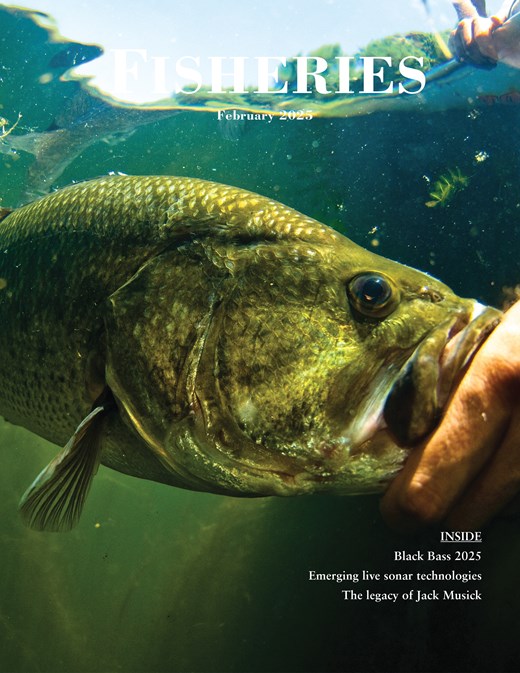
Individual outcomes matter in the context of responsible and sustainable catch-and-release practices in recreational fisheries and their management



